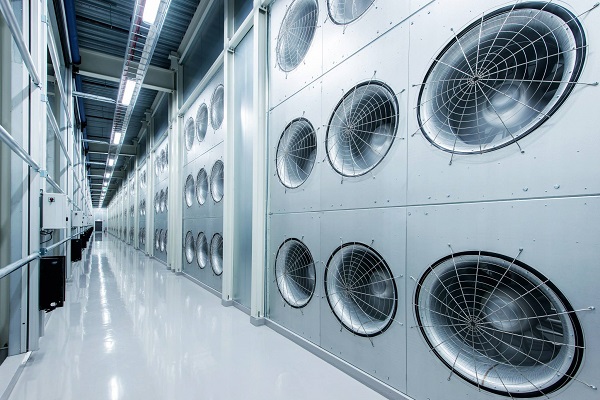Facebook’s first non-U.S. data center, in Sweden, is now operating, giving the company the opportunity to brag that it now stores and serves some of its vast compendium of Friends, photos and Likes using 100 percent locally generated renewable energy.
This is great stuff, if you accept that big dams on rivers are cool, and therein lies the curious place hydroelectric power occupies in today’s clean-energy world.

Facebook is getting huzzahs for the data center from environmentalists – Greenpeace called it “an important sign that Facebook is making progress on its commitment to unfriend coal” – but you can bet if there were a new proposal to build dam after dam after dam on an Arctic river these days, greens everywhere would howl. Big hydro is hardly widely accepted as environmentally friendly; there are reasons that California (among others) doesn’t count it in its renewable portfolio standard.
There are 15 dams along the Lule River that runs some 300 miles from the Sarek wilderness to the Gulf of Bothnia and the town of Luleå, where the Facebook data center is located, including Sweden’s biggest energy producer, Harsprånget, with an installed capacity of 977 megawatts and average annual generation of 2,131 gigawatt-hours.

Of course, those dams were all there before Facebook, which highlights what seems to be the key determining factor when it comes to assessing whether hydroelectric is OK: As long as the dams are already in place and pumping out the power, setting up shop in the neighborhood makes good green sense.
Plus, there are apparently other significant advantages to Facebook’s data center, both in its structure and its location. According to the company:
In addition to harnessing the power of water, we are using the chilly Nordic air to cool the thousands of servers that store your photos, videos, comments, and Likes. Any excess heat that is produced is used to keep our office warm.
Our commitment to energy efficiency is also evident inside Luleå’s giant data halls. Nearly all the technology in the facility, from the servers to the power distribution systems, is based on Open Compute Project designs. This Facebook-founded initiative encourages the development of “vanity-free” hardware designs that are highly efficient and leave out unnecessary bits of metal and plastic. These designs are then shared with the broader community, so anyone can use or improve them.